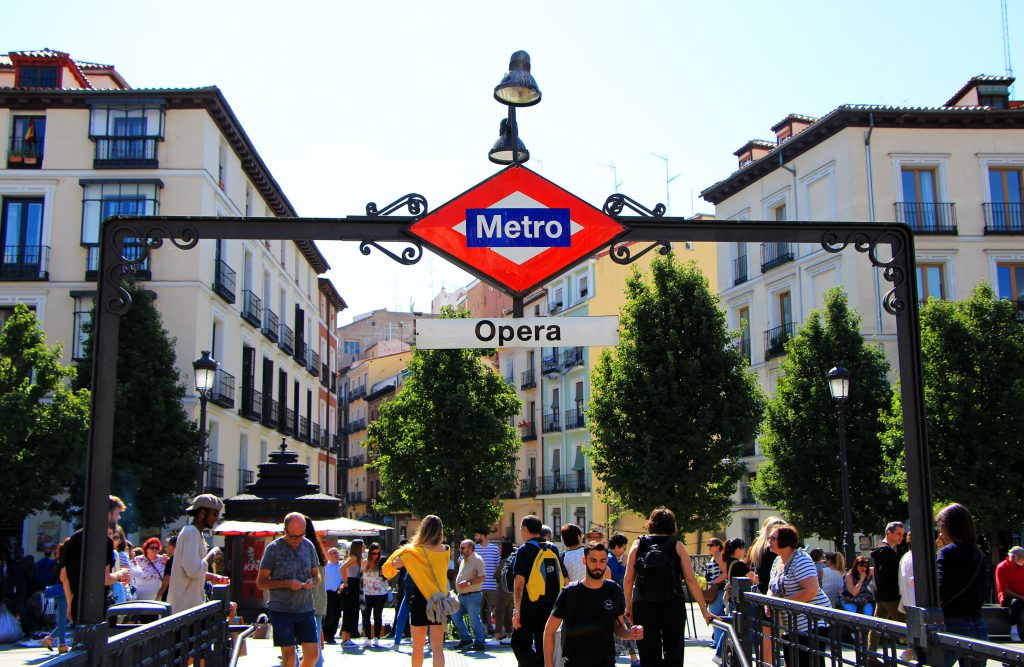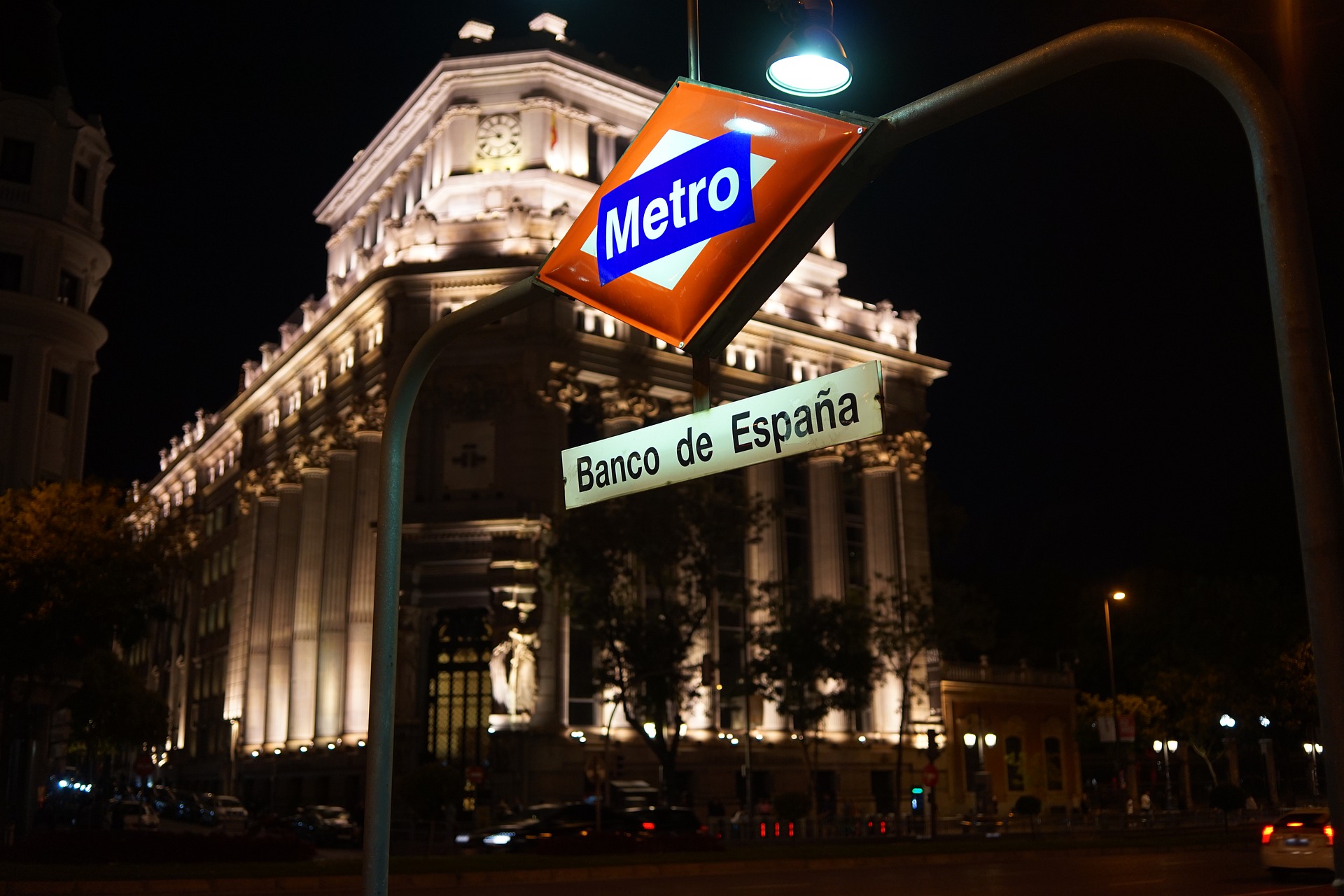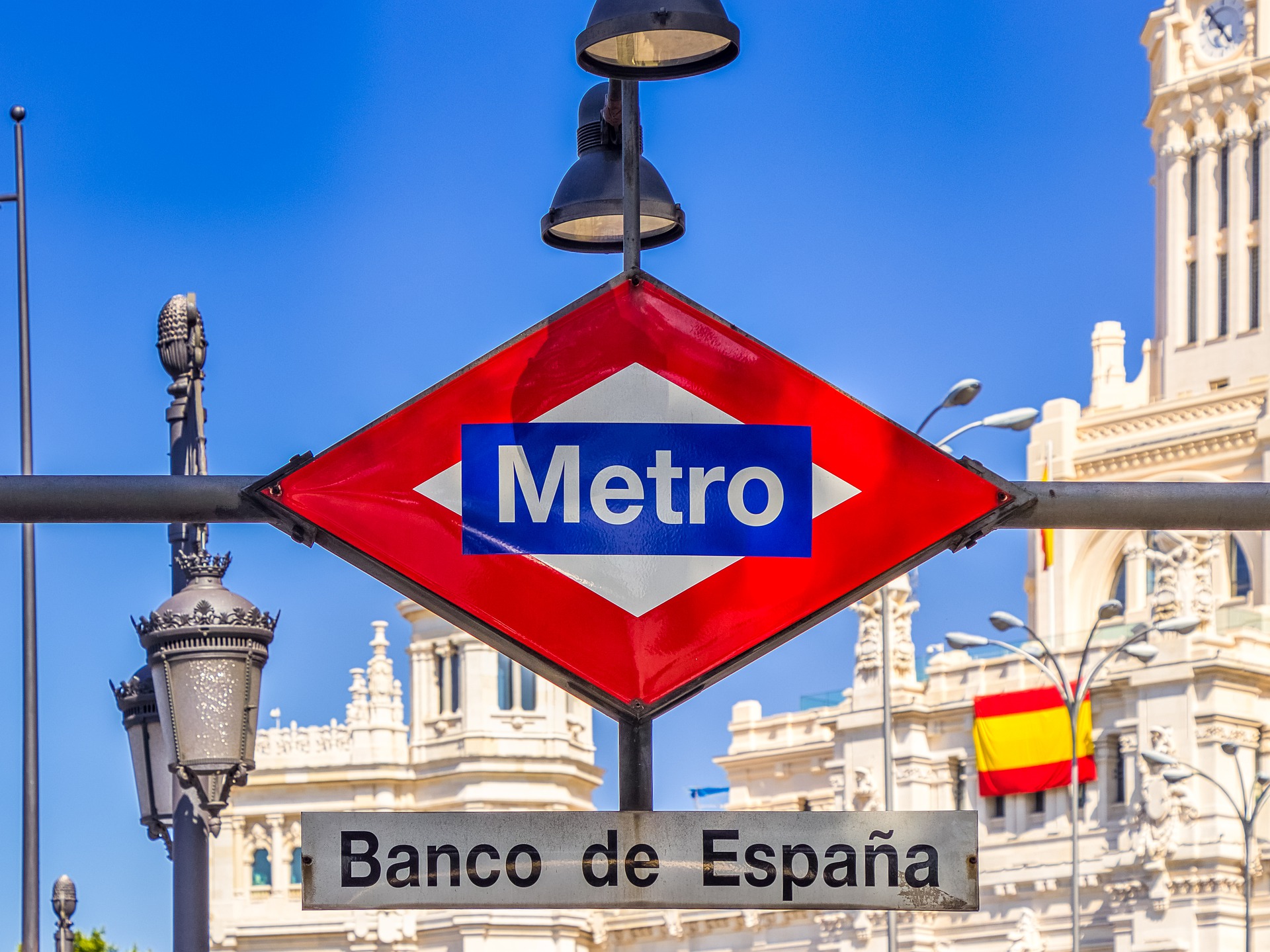
If you are in this beautiful city and you don't want to waste a minute of your time, the best thing I can recommend is to use the Madrid Metro when moving through its streets and avenues.
This Metro is one of the best in the world. There are almost 300 kilometers of tracks, 300 stations and 13 lines. I am sure you will find comfort, speed and safety.
Something very curious and of great advantage that has the Metro de Madrid, is that it connects to the stations of Atocha and Chamartín, two of the largest stations in the city, and also connects to cities such as Alcalá de Henares, Toledo and Segovia.
Table of Contents
Why travel on the Madrid Metro?
Unlike conventional or private transportation, the Madrid Metro has a system of rational use of resources (electric), which means that this means of transportation avoids being an environmentally polluting service.
If you are one of those people who like to take care of the planet or you are an environmental activist, surely this Metro will fill a great part of your expectations and you will love it.
The price of the tickets are considerably cheaper than taking private transportation, these usually vary according to the area to which we need to move.
I know that I already mentioned the issue of speed at the beginning of this article, but it cannot be missing in this section.
If you implement the use of the Madrid Metro you will have the great possibility of being able to move from one place to another in a short time, it will only take a few minutes, since there are very few stops that it makes.
Hours of operation
The days and hours of operation of the Madrid Metro are from Monday to Sunday from 6:00 a.m. to 2:00 a.m., but you must be there at least at 1:30 a.m. if you are going to take it on the last departure.
Madrid Metro Fare
In the previous section I mentioned that the price of the tickets for the use of the Madrid Metro is a little more economical compared to other means of transportation, however, to try to clarify the doubts you may have on this point, I will take a few lines for a slightly broader explanation.
There are a series of discounts or offers that make the net price of the ticket even cheaper, and this is generally aimed at those who use this service on a regular basis.
You will have the possibility of acquiring four types of transportation cards.
Cards
Public Transportation
You can find this type of card that will be useful for other types of public transport, as well as for the service provided by the Metro, with which you can pay directly in the subway, avoiding the simple fact of having to buy tickets individually at ATMs.
The negative side of this card is that its use is strictly personal, that is, you cannot give, sell or lend it to other people, in other words, it is not transferable.
You can purchase them at the Public Transportation Card management offices.
The 30-day pass for the center of Madrid will cost you 54.60 eurosThe price for zone C2 will be 99.30 euros.
As for the youth season ticket, it will be priced at 20 euros net.
Multi
You will also have the possibility to obtain this card, which basically has what the one I mentioned in the paragraph above lacks.
It will serve you for the use of all public transport in Madrid, but with the great advantage of being able to transfer it or lend it to other people.
You can buy them at automatic machines in the Metro and tobacco shops, as well as other authorized points.
This card is priced at 2,50 euros which does not include the recharge.
Blue
This type of card, as well as the Public Transportation Card, can only be used by you, since it will contain your name and photo.
It has a 30-day pass but can only be used for Metro, Light Rail ML1 and city buses.
In addition, it was implemented for people over 65 years of age or people who have some type of disability and are registered in Madrid.
Children's
It is completely free of charge and is for use by children between the ages of four and six years old.
With this card minors will be able to use the transportation service at no cost.
Line indications
You should pay attention to what I will explain below, as it will surely be of great help, especially if it is the first time you will use it.
The subway system is made up of numbered lines, each of which has several stations.
Lines 1 to 12 and R (this letter comes from the name Ramal) are metro lines, and the Ramal joins the Ópera and Príncipe Pío stations.
On the other hand, the ML 1, 2 and 3 lines are Light Railway lines.
Why is it an experience to visit the Madrid Metro?
I am absolutely sure that you are going to be surprised a few times as you continue reading this article, and to be honest, I was too when I discovered all this.
Bibliometer
Let me tell you that if you are an intellectual person, or just need to entertain yourself with something when you are on the transport, in some stations you will find the Bibliometera completely free book lending system that has the aim of providing a free Metro de Madrid.
There, you can purchase up to three books for a maximum of 15 days, which can also be renewed for the same amount of time.
Carpetana
It turns out - as they say - that some Miocene paleontological remains were found in the remodeling of the Carpetana station of line number six, which influenced the reconstruction of the paleoenvironments.
This led to the creation of two deposits, one of which is more than 15 million years old. The other is about 14 million years old.
Platform Zero
This is a suburban museum where you can learn about the history of the Metro de Madrid. It has three spaces or venues, designed by the renowned architect, Antonio Palacios, these are the following:
The Engine Shed
It was built between 1922 and 1923, and although it still retains its original appearance, it was restored in 2008. It houses three diesel engines and the complementary machinery (in its time) to transform the energy used by the trains.
Admission is free and opening hours are Thursdays from 14:00 to 19:00; Fridays from 10:00 to 19:00; Saturdays from 10:00 to 19:00 and Sundays from 10:00 to 15:00.
Pacific Lobby
In 1923 this station of line number one was inaugurated. Originally it contemplated a vaulted vestibule with central skylight, but it was modified by one of rectangular plant that is divided in three sections and three vaults.
In 1961 the project underwent another modification and eventually the original lobby was closed. Then they decided to restore it and open its doors to the public as part of the Metro museum.
Admission is free and the days and hours of visitation are Saturdays from 10:00 to 14:00 hours. However, a reservation is required to visit the place.
Chamberí Station
This station was closed in 1966 and was later restored by architects Paulo Soler and Miguel Rodriguez. Here you can live the experience of the first metro line.
Admission is free and visiting hours are Thursdays from 10:00 to 14:00; Fridays from 10:00 to 19:00; Saturdays from 10:00 to 19:00 and Sundays from 10:00 to 15:00.
Revealing the mysteries of Madrid through captivating tales that intertwine history with imagination.



